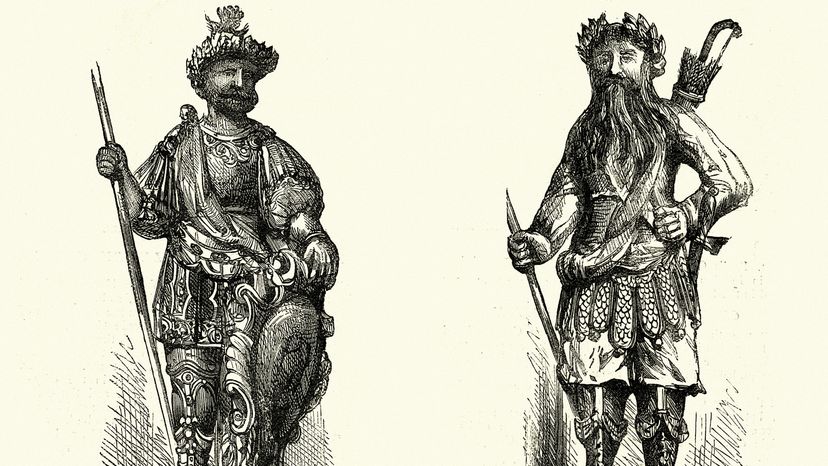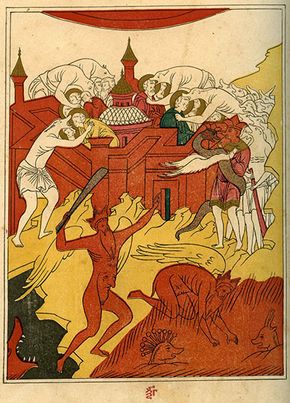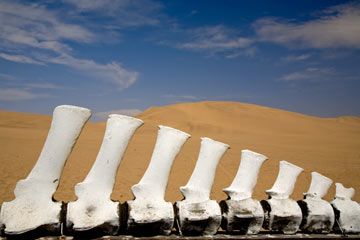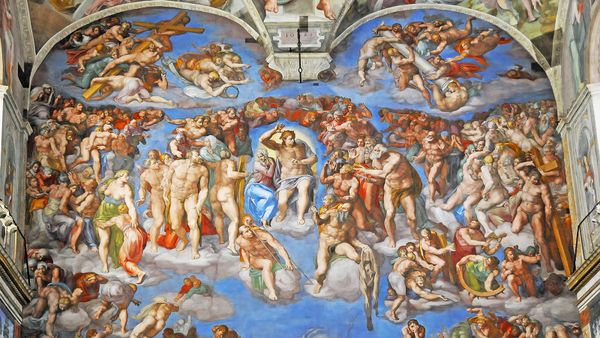
In February 2022, the 91-year-old televangelist Pat Robertson came out of retirement to share an urgent message about Russia's invasion of Ukraine. According to Roberston, the Russian President Vladimir Putin was "compelled by God" to start a war that was predicted thousands of years ago by the Old Testament prophet Ezekiel.
Specifically, Robertson identified Putin as "Gog of Magog," a leader of barbarian armies that Ezekial prophesied would attack Israel in the final days and ultimately be crushed by God.
Advertisement
Gog and Magog are mentioned in the Hebrew Bible, New Testament and Quran and may refer to two individuals, an individual and his land, or even two nations. Magog appears twice in the Old Testament where he is described as a son of Japheth or a grandson of the biblical character Noah (the one with the ark). Gog is described in 1 Chron. 5:4 as a descendant of the prophet Joel. Despite their lineages, they are usually associated with ushering in the end of the world and destruction.
Over the centuries, there have been countless historical contenders for Gog and his "northern" invaders from the nation of Magog. Ancient Christian writers were certain that Ezekiel was talking about uncivilized hordes of Goths, Huns, Mongols, Picts and Turks, while modern watchers for the "end times" have preferred enemies like Russia, Iraq, China or even the United States.
"The candidates for Gog range from Ronald Reagan to Mikhail Gorbachev to Donald Trump," says Stephen Cook, an expert in apocalyptic literature at the Virginia Theological Seminary. "Apocalyptic writing is difficult, because there's always the temptation to try to treat it as a kind of code or cipher for contemporary geopolitical events, and that's been done across time."
Belief in biblical prophecies goes all the way up to the White House. Ronald Reagan was convinced that the former Soviet Union was Gog of Magog and that nuclear war between the U.S.S.R. and the U.S.A. would be the biblical battle of Armageddon prophesied in the Book of Revelation. George W. Bush, when preparing to invade Iraq in 2003, reportedly told the French president Jacques Chirac that "biblical prophecies were being fulfilled" and identified Gog as Saddam Hussein.
So where exactly did these apocalyptic prophecies come from and why have the literal words gripped the imagination of believers from all three major monotheistic faiths: Judaism, Christianity and Islam? Let's dive in.
Advertisement


